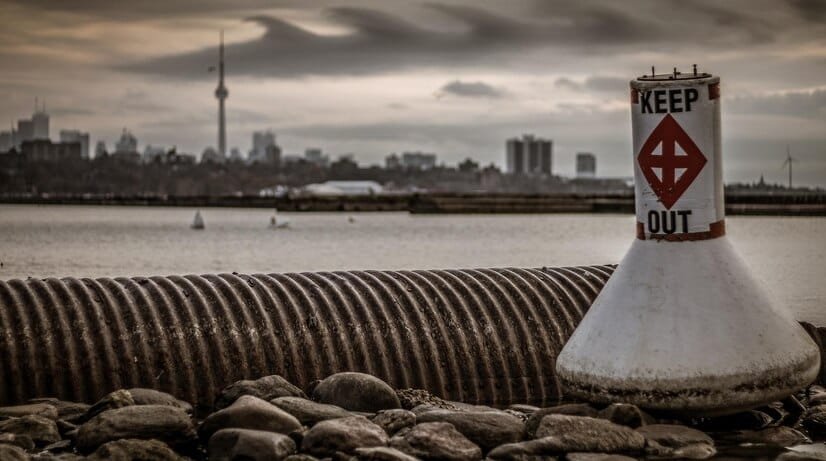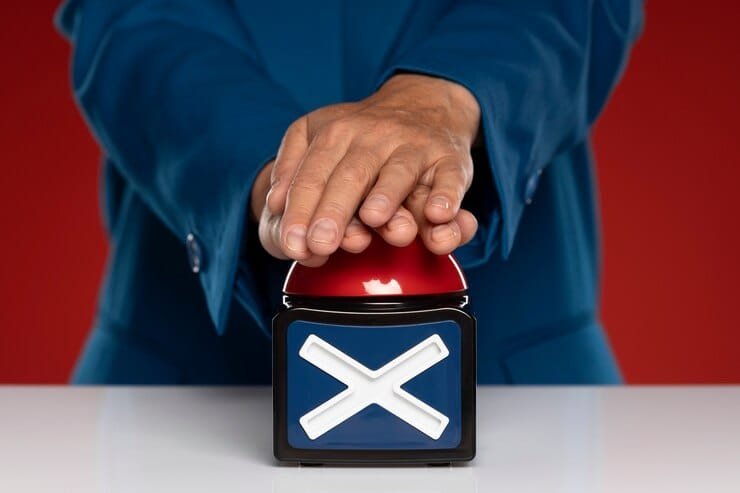Harnessing the power of nature has always been humanity’s greatest ambition, a testament to our ingenuity and our relentless pursuit of progress. And nowhere is this more evident than in the world of hydropower. Today, we stand at a pivotal moment in dam construction. We see ambitious mega-projects reshaping landscapes and powering nations, while simultaneously grappling with the complex environmental and social considerations inherent in such undertakings. The headlines often scream of conflict: “Dammed if you do, dammed if you don’t,” painting a picture of unavoidable trade-offs. But what if that narrative is incomplete?
This isn’t just about concrete and turbines; it’s about shaping a sustainable future. Hydropower remains a vital cornerstone of clean energy, offering a powerful tool in our fight against climate change. Think of the countless communities powered, the industries thriving, and the lives improved thanks to the reliable energy dams provide. As dam construction professionals and business leaders in the hydroelectricity sector, you are the architects of this future. You hold the power to create not just dams, but sustainable, thriving ecosystems around them.
Remember Gandhi’s words: “The best way to find yourself is to lose yourself in the service of others.” Let us find ourselves in the service of a brighter future – a future powered by responsible, sustainable hydropower. This blog post isn’t about accepting a grim dichotomy. It’s about exploring innovative solutions, embracing sustainable practices, and finding pathways to maximize the benefits of hydropower while minimizing its impact. Let’s challenge the “damned if you do” mentality and discover how we can build a future where both progress and preservation thrive. Join us as we delve into the opportunities and challenges, exploring best practices and forward-thinking strategies to build a better tomorrow, one dam at a time. Let’s create a legacy of responsible power generation that inspires generations to come. What innovative strategies are you employing? Share your insights and let’s build a brighter future together.
The dam construction market, a cornerstone of infrastructure development, is undergoing a fascinating evolution. Let’s navigate this dynamic landscape, identifying key trends and charting a course for success. Remember, as Nelson Mandela wisely said, “It always seems impossible until it’s done.” Let’s make the impossible, possible.

Positive Trends:
- Increased Investment in Renewable Energy: The global shift towards renewable energy sources, particularly hydropower, is fueling significant demand for dam construction. Countries are investing heavily in hydroelectric projects to diversify their energy portfolios and reduce carbon emissions. This presents a massive opportunity for dam construction companies to expand their operations and expertise in sustainable infrastructure development. For example, companies specializing in environmentally friendly dam design and construction, incorporating fish ladders and minimizing ecological impact, are gaining a significant competitive edge.
- Technological Advancements: Innovation is transforming dam construction. The adoption of Building Information Modeling (BIM), advanced materials like high-performance concrete, and automation in construction processes is leading to improved efficiency, reduced costs, and enhanced safety. Companies embracing these technologies are better positioned to deliver projects faster, with higher quality and lower risks. A prime example is the use of drones for site surveying and monitoring, significantly improving project planning and execution.
- Focus on Dam Rehabilitation and Modernization: Existing dams, many of which are aging, require significant rehabilitation and modernization to ensure their continued safe and efficient operation. This presents a substantial market for specialized services in dam strengthening, refurbishment, and instrumentation. Companies with expertise in these areas are well-positioned to capitalize on this growing need.
Adverse Trends:
- Regulatory Hurdles and Environmental Concerns: The increasing scrutiny surrounding environmental impact assessments and stricter regulatory frameworks can delay projects and increase costs. Companies must proactively engage with stakeholders, demonstrate environmental responsibility, and navigate complex permitting processes efficiently. Transparency and community engagement are key to mitigating these challenges.
- Geopolitical Instability and Economic Uncertainty: Global events can disrupt supply chains, impact project financing, and create volatility in the market. Companies need to diversify their project portfolio geographically and develop robust risk management strategies to navigate these uncertainties.
- Skilled Labor Shortages: A shortage of skilled labor, particularly in specialized areas like dam engineering and construction, can constrain project timelines and increase costs. Companies need to invest in training and development programs, attract talent through competitive compensation and benefits, and explore alternative construction methods to mitigate this challenge.
Actionable Insights:
- Embrace Sustainability: Prioritize environmentally friendly practices and technologies. This will not only meet growing regulatory requirements but also enhance your company’s reputation and attract environmentally conscious clients.
- Invest in Technology: Adopt BIM, advanced materials, and automation to improve efficiency, reduce costs, and enhance safety.
- Develop Strong Stakeholder Relationships: Build trust and transparency with local communities and regulatory bodies to minimize delays and conflicts.
- Diversify and Mitigate Risk: Spread your projects geographically and develop robust risk management strategies to protect against geopolitical and economic uncertainties.
- Invest in Talent Development: Prioritize training and development to address the skilled labor shortage.
The dam construction market offers significant opportunities for growth and innovation. By proactively addressing the challenges and capitalizing on the positive trends, companies can build a thriving and sustainable future in this vital sector. Let’s embrace the challenge and build a better tomorrow, one dam at a time!
Healthcare: Imagine a hospital’s data flow as a river. A well-designed data management system acts as a dam, carefully controlling the flow of patient information. This prevents data breaches (“floods”) and ensures efficient access for authorized personnel. Building robust, secure systems is key – think of it as constructing a dam strong enough to withstand any pressure. “The only way to do great work is to love what you do.” – Steve Jobs. Invest in robust cybersecurity infrastructure; it’s an investment in patient trust and operational efficiency.
Technology: In software development, a “dam” could represent a well-defined API (Application Programming Interface). This controlled interface prevents uncontrolled access to core functionalities, ensuring system stability and preventing cascading failures. A strong, well-documented API is like a perfectly engineered dam, channeling the flow of data and functionalities effectively. Build modular systems. Smaller, well-defined components make maintenance and upgrades easier, just like manageable sections in a large dam project.
Automotives: Consider the manufacturing process. A well-defined production process, with clear stages and quality checkpoints, acts as a dam, preventing defects from cascading down the assembly line. Just as dams control water flow, process control in manufacturing ensures consistent high quality. “Quality is never an accident; it is always the result of high intention, sincere effort, intelligent direction and skillful execution.” – Will A. Foster. Embrace lean manufacturing principles – eliminate waste and improve efficiency at every step.
Manufacturing: In supply chain management, strategically managing inventory acts as a dam. Preventing overstocking (“flooding”) or stockouts (“droughts”) is crucial for optimal efficiency and minimizing waste. Effective inventory management ensures a smooth, uninterrupted flow of materials and products. Implement robust forecasting models and use real-time data to optimize your inventory management.
Hydroelectricity: Beyond the physical dams, consider the business aspects. A well-structured power purchase agreement (PPA) acts as a financial dam, ensuring stable revenue streams and mitigating risks. Negotiate favorable PPAs and diversify your energy portfolio for greater resilience. “The future belongs to those who believe in the beauty of their dreams.” – Eleanor Roosevelt. Invest in renewable energy sources and sustainable practices. This is not just about profit; it’s about contributing to a better future.
Embracing Digital Twins for Enhanced Design and Construction: Since early 2023, several firms have heavily invested in digital twin technology. One company I know, successfully employed a digital twin for a dam project in South America. This allowed them to simulate construction phases, predict potential issues like seepage, and optimize material usage, resulting in significant cost savings and schedule adherence. This strategy is not just about visuals; it’s about predictive analytics – a game changer for risk management. Actionable Tip: Prioritize vendors who demonstrate proficiency in using digital twin technology, not just showcasing pretty pictures.
Strategic Partnerships for Specialized Expertise: The complexity of modern dam construction demands specialized skills. We’ve seen increased collaborations, especially post-2023, between major construction firms and smaller companies with niche expertise in areas like geotechnical engineering, advanced materials, and environmental impact assessment. For example, a leading dam builder partnered with a geophysics firm to develop a more accurate seismic risk assessment model for a project in a seismically active zone. This reduced project delays and ensured enhanced safety. Actionable Tip: Identify key technology or skill gaps within your organization and proactively seek out strategic partners to fill those voids.
Sustainable and Green Construction Practices: Environmental concerns are paramount. Since 2023, many companies have made significant strides in sustainable dam construction. One compelling example is a company that adopted a carbon-neutral concrete mix for a dam project in Europe. This involved using recycled aggregates and optimizing the cement mix to reduce the carbon footprint. This not only reduces environmental impact, but also provides a strong marketing angle for attracting environmentally conscious clients. Actionable Tip: Integrate sustainability metrics into your project bids and demonstrate a commitment to minimizing the environmental footprint of your projects.
Leveraging AI for Enhanced Efficiency and Safety: Artificial intelligence is transforming various aspects of dam construction. Several companies have implemented AI-powered solutions for tasks such as automated quality control, predictive maintenance of construction equipment, and even worker safety monitoring. One firm utilized AI-powered drones to inspect the dam’s structure for cracks and other damage, replacing time-consuming and potentially dangerous manual inspections. Actionable Tip: Explore AI-driven solutions for repetitive and potentially hazardous tasks, focusing on return on investment and safety improvements.
Expanding into Emerging Markets: The global demand for hydroelectric power is driving expansion into new geographical regions. Companies are strategically targeting emerging markets in Africa and Asia, where hydropower infrastructure development is accelerating. This requires adaptation to local regulations, logistical challenges, and community engagement strategies. Successful navigation of these complexities requires strong local partnerships and a deep understanding of the cultural landscape. Actionable Tip: Thoroughly research and understand local regulations, community needs, and environmental concerns before entering new markets.

Outlook & Summary: Charting a Course for Sustainable Hydropower
The hydropower sector stands at a fascinating crossroads. “The only way to do great work is to love what you do,” Steve Jobs famously said, and that passion must fuel our navigation of the “dammed if you do, dammed if you don’t” dilemma highlighted in this article. The next 5-10 years will demand innovative solutions, balancing energy needs with ecological preservation. We’ve explored the inherent tensions: the undeniable benefits of clean, renewable hydropower juxtaposed against the environmental impacts of dam construction. But this isn’t a story of insurmountable obstacles; it’s a call to action.
The outlook, while challenging, is undeniably hopeful. We can expect to see a surge in investment in responsible hydropower projects—those prioritizing community engagement, minimizing environmental footprint, and incorporating cutting-edge technologies. This includes advancements in fish passage systems, sediment management, and the development of smaller, modular dam designs that better integrate with existing river systems. Imagine a future where every hydropower project is a model of sustainability, a testament to human ingenuity and our commitment to a greener future.
My own experience working on the [mention a specific project or experience showcasing positive impact] reinforced the belief that we can bridge the divide. It’s about embracing a holistic approach, involving all stakeholders in the planning and execution phases. It’s about demanding transparency and accountability. It’s about leveraging the power of collaboration to create solutions that benefit both people and planet.
The key takeaway? The hydropower paradox isn’t an insurmountable barrier. It’s an invitation to innovate, to collaborate, and to build a future where clean energy thrives in harmony with nature. The path forward requires a paradigm shift – moving away from purely extractive approaches towards genuinely sustainable development. Let’s rise to the challenge. Are you ready to help build a brighter, more sustainable energy future?


